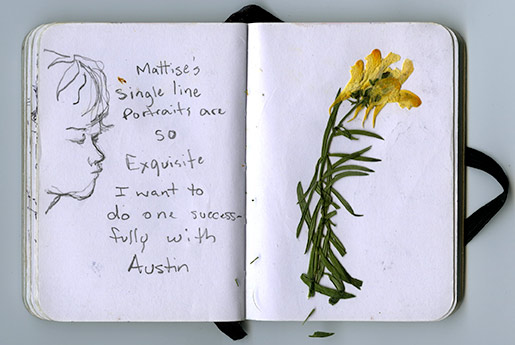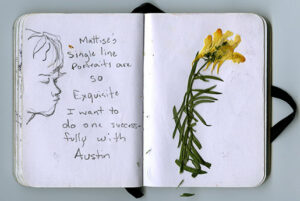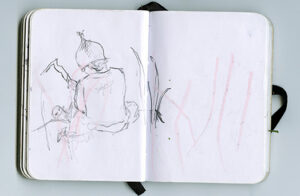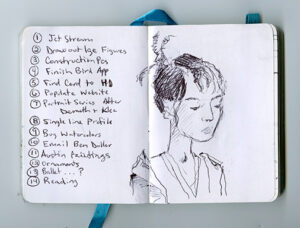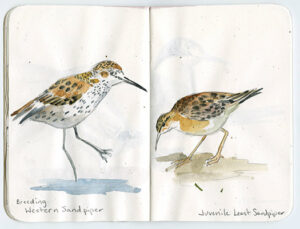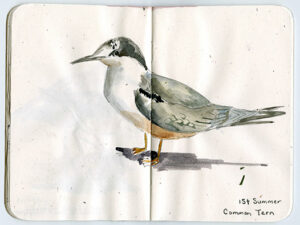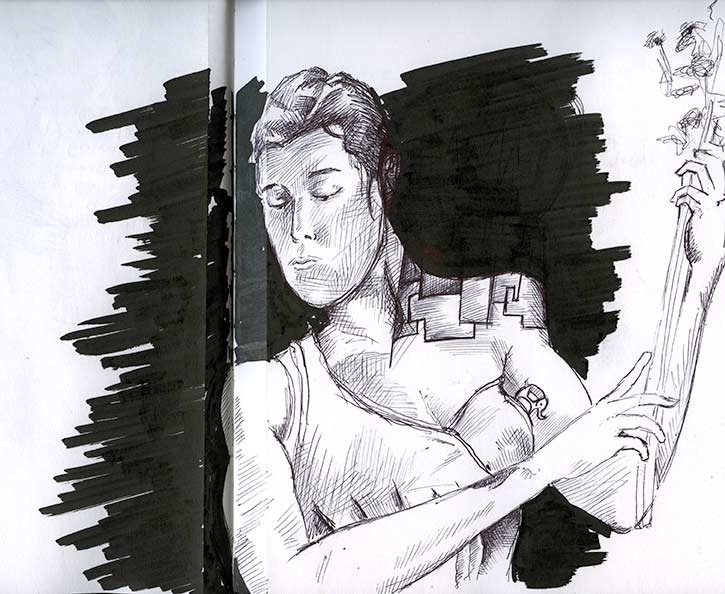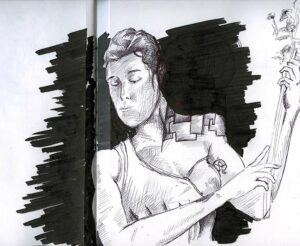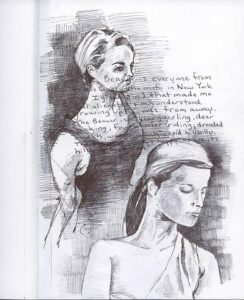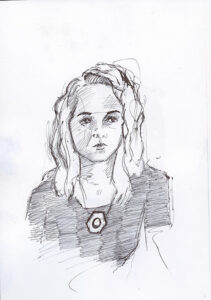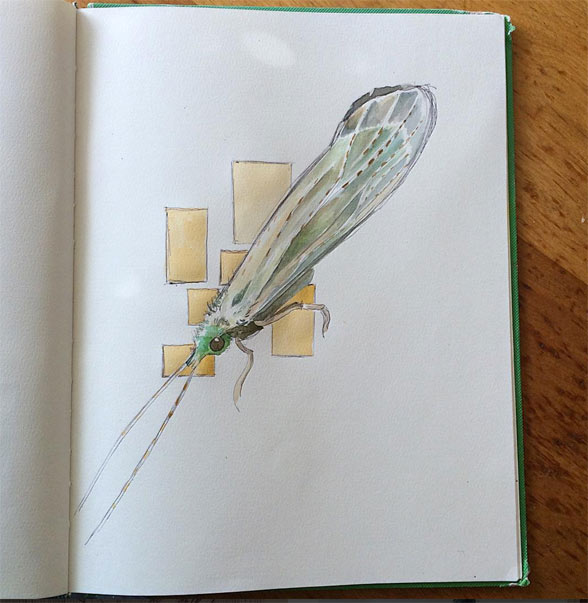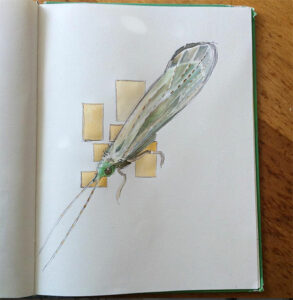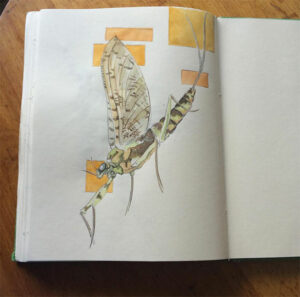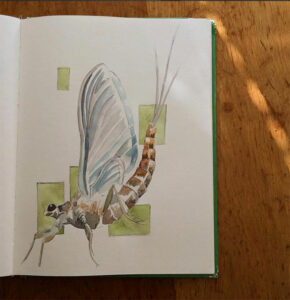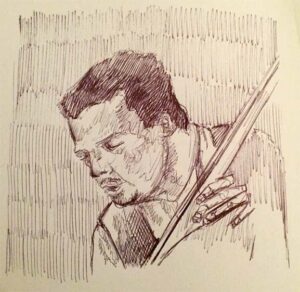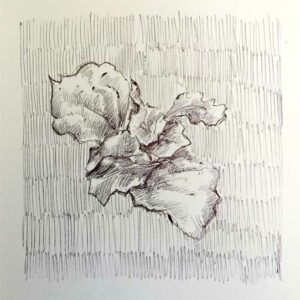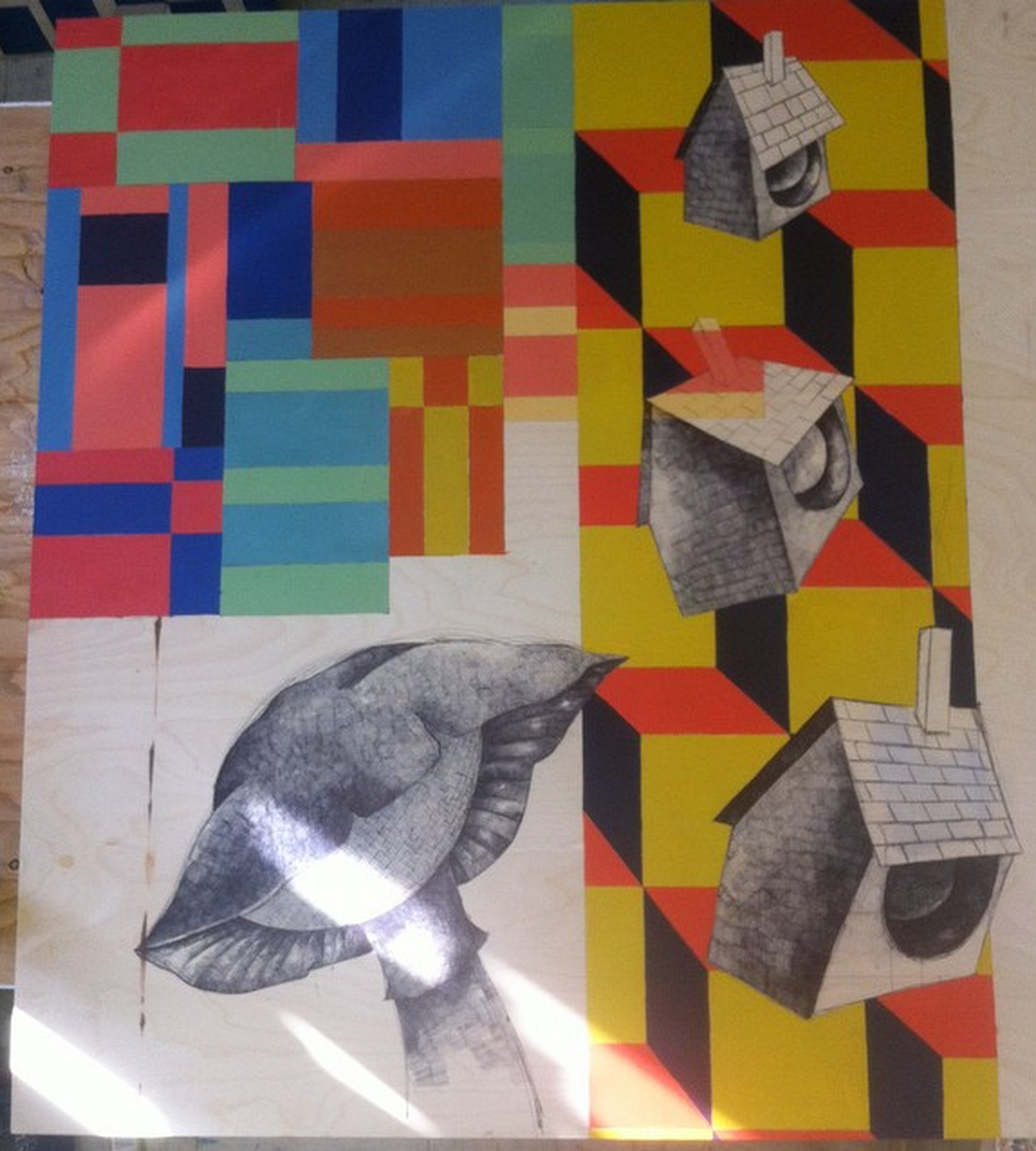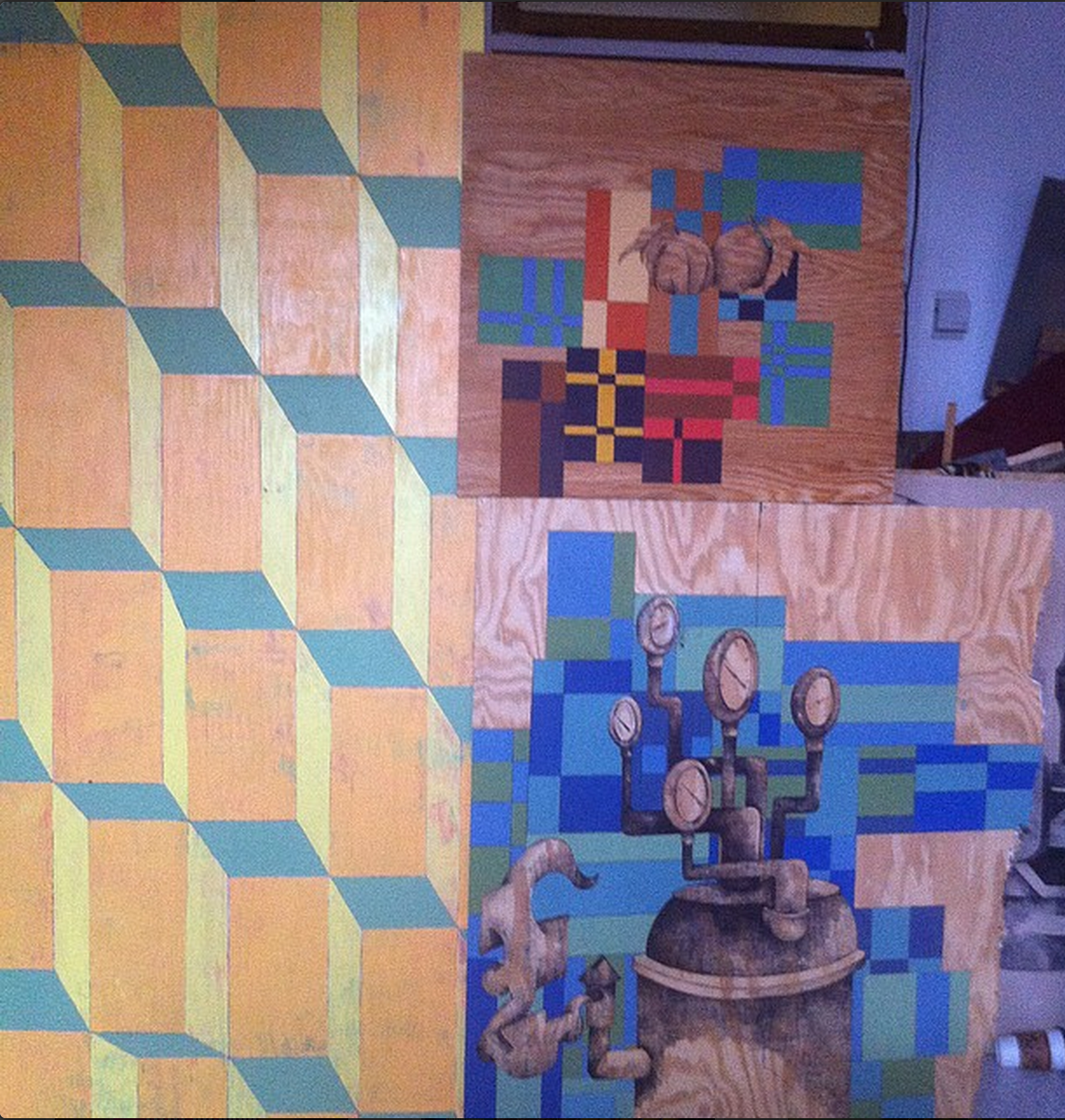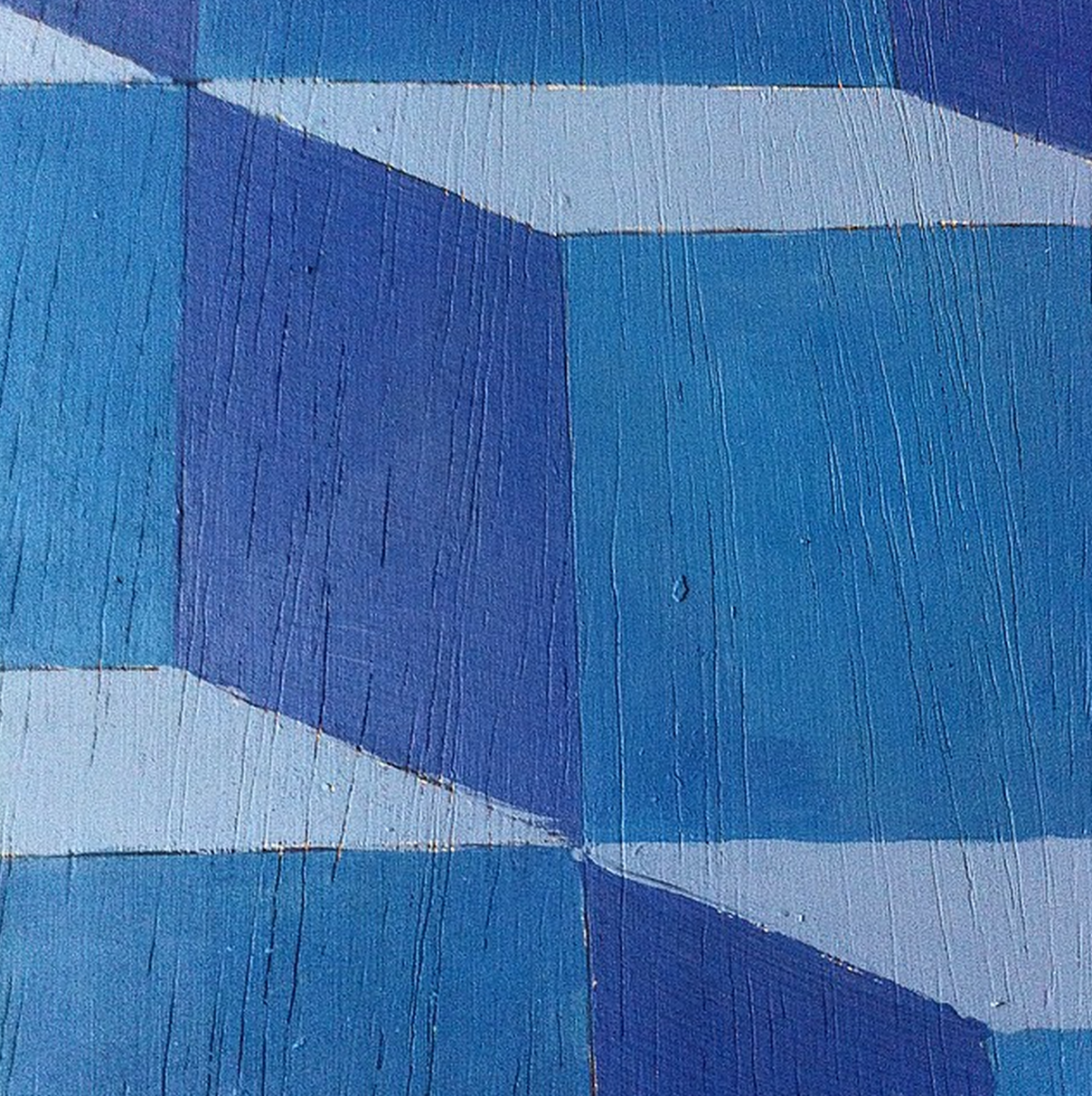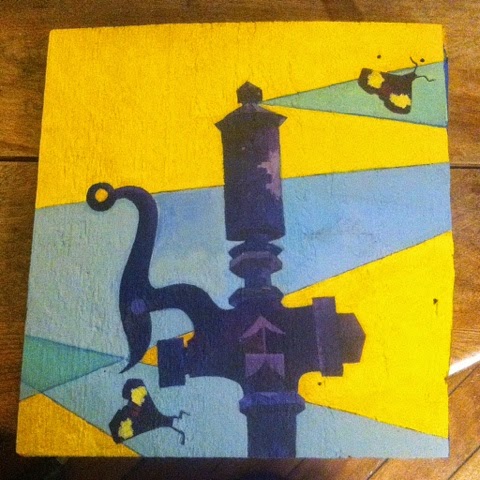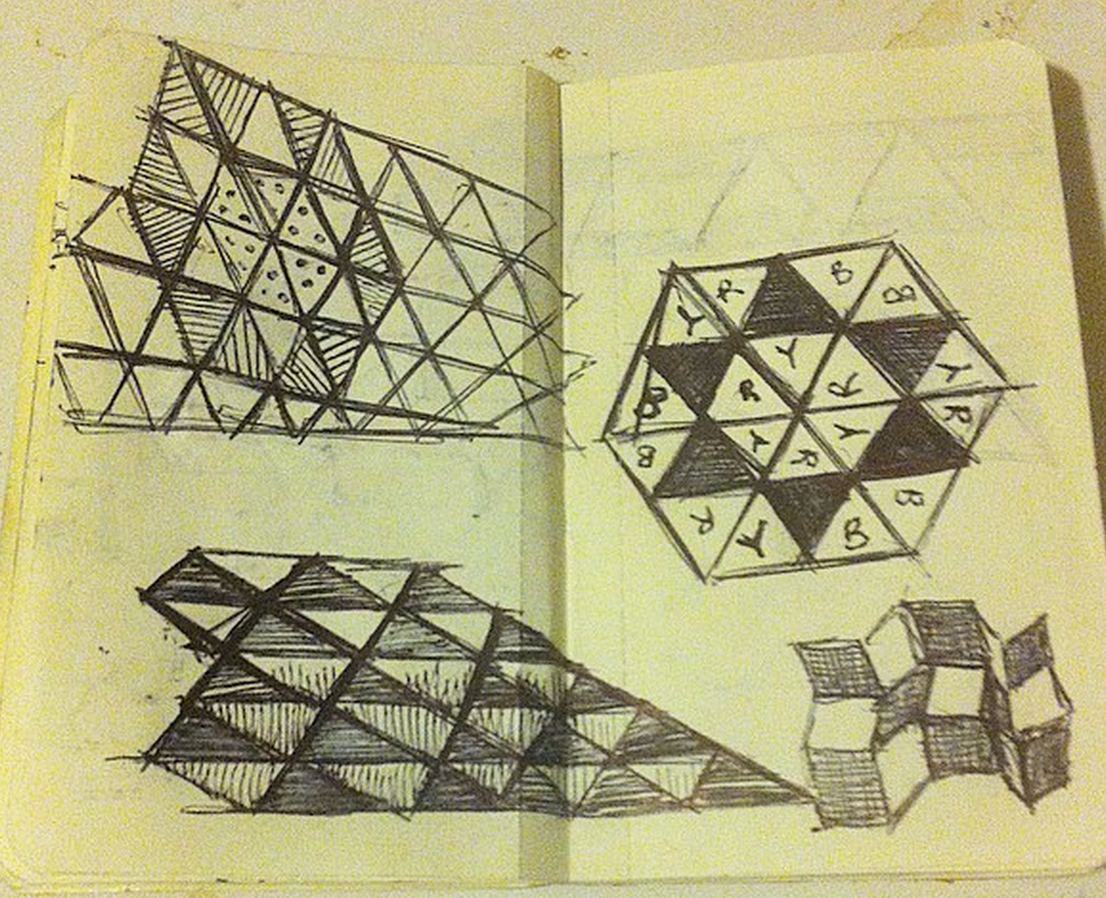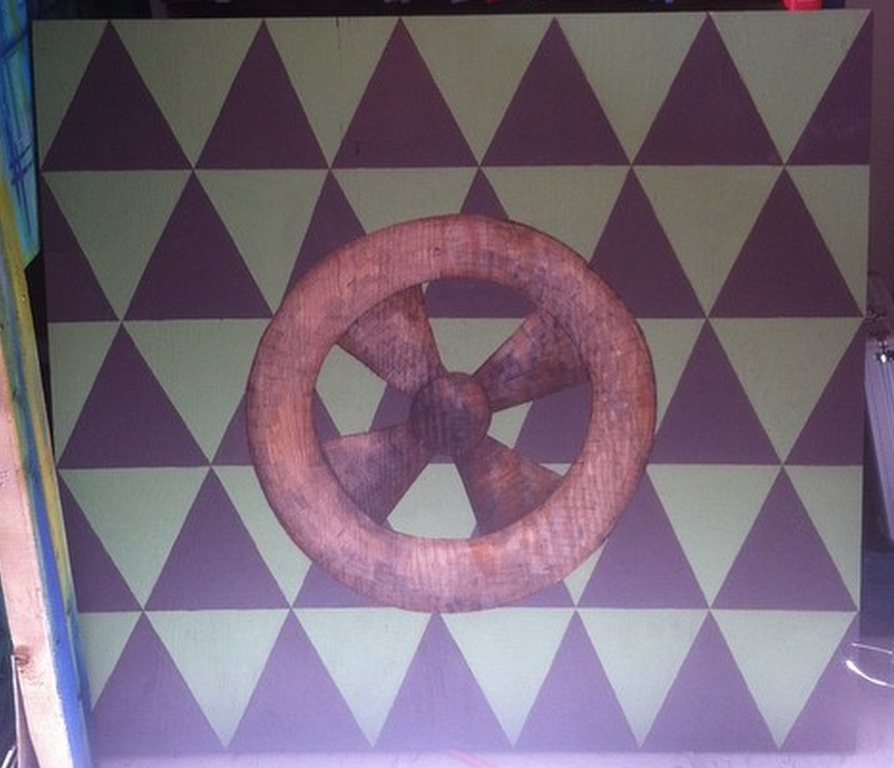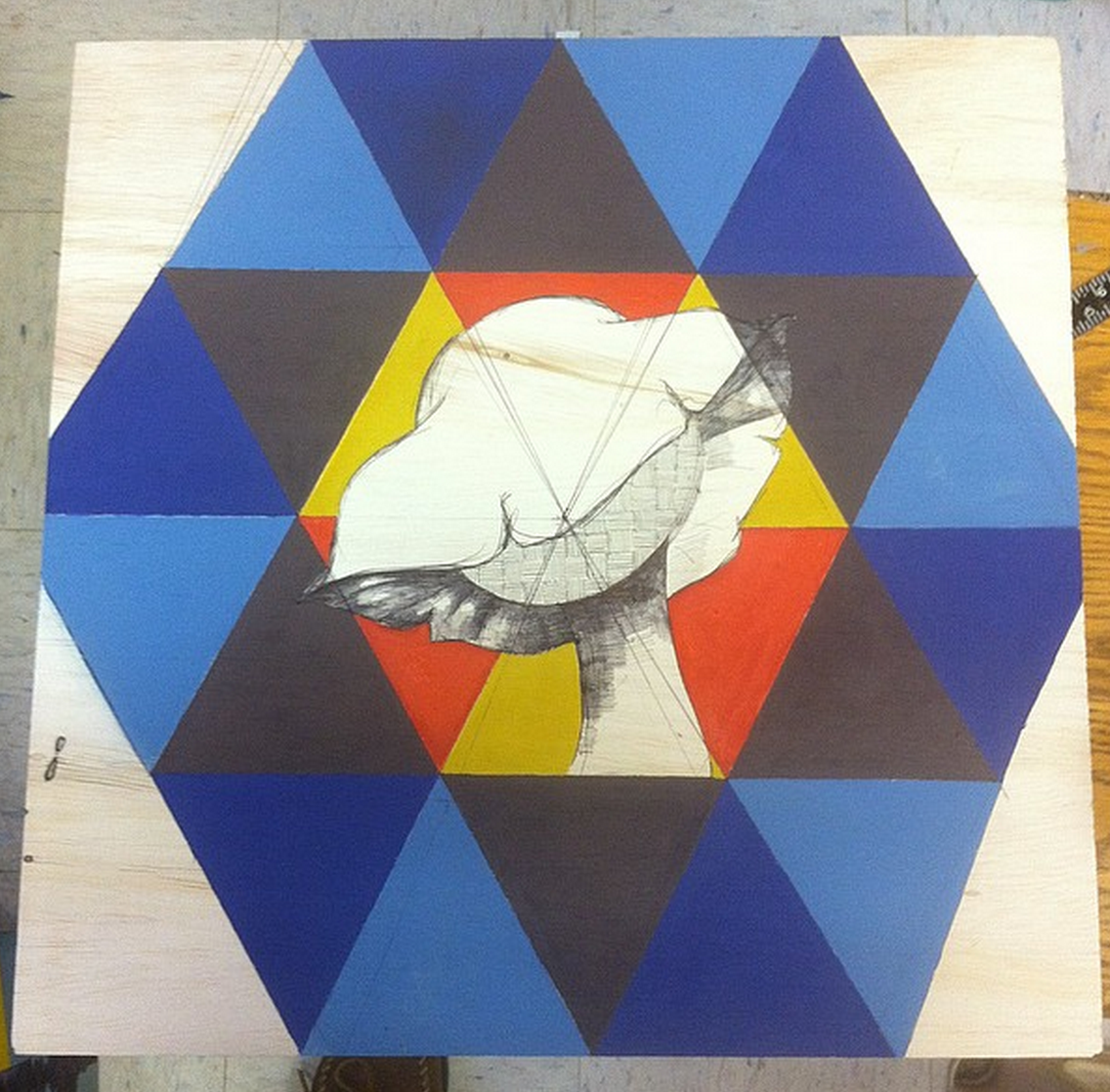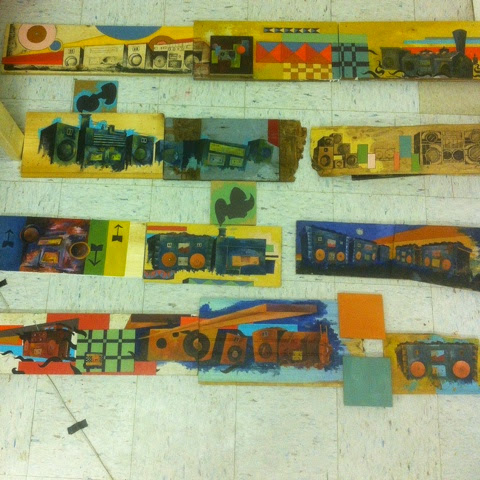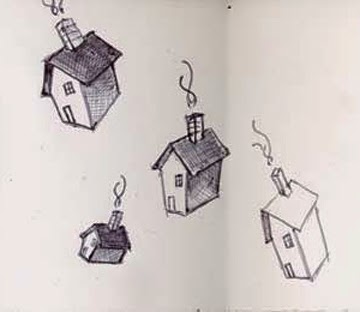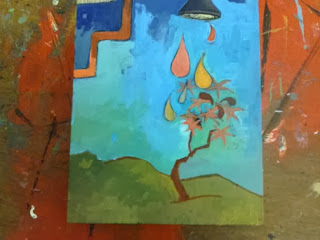I’ve determined that I will share with you the rough draft of my notes for my artist talk on Friday. I have been under the assumption that nothing has changed in me since before graduate school for the longest time, but I now realize that this is a fallacy. My work has changed, as too, my voice has changed. Let me know what you think of the notes.
to·tem
ˈtōtəm/
noun
noun: totem; plural noun: totems
- a natural object or animal believed by a particular society to have spiritual significance and adopted by it as an emblem.
This body is really a culmination of several years worth of work. Tonight I intend to share with you the source of my interest in totems and native artwork, my love affair with found surfaces, the intersection between illustration and painting, and how we arrived at this point.
I have lived in Seattle twice. The Seattle Art Museum, SAM, has an extensive collective of Pacific Northwest Artifacts. I’d like to stand in front of you and say that my interest in totems was derived from my exposure to this work. It’s not. That exposure did not hinder my interest by any means, but I can definitively say that it was not the source of my interest in totems.
Seattle, I think it’s safe to say, is known for its coffee shops. I frequented many of them. One of these was Top Pot Donuts, which made a might fine donut and some mighty good coffee. One morning after a domestic dispute, I found myself seated upon patio furniture out front of Top Pot eating a maple glazed donut and drinking a large coffee. As the crumbs started to fall through the perforations in the wonky table, I realized that I had a visitor. A small bird was hopping from one side of my foot to the other, on top of my foot, around in circles and every which way, ecstatic over the falling crumbs of my donut. While in my vacant domestic doldrums, it occurred to me that there was something about this bird, something not quite like escapism and not quite like omniscience, but firmly placed in a realm of entropy. He, or she, I am not really aware of the distinction in colors of this particular city dwelling species of bird, was completely free to hop around and eat crumbs, or, to more importantly, fly away.
Let’s fast forward approximately three years. I was working with a gallery called The Hive in Los Angelos. The curator of the Hive requested that the artist regulars in his group shows all create an avatar. It hadn’t occurred to me at the time, although it now has in recent years, but what I was searching for in an artistic avatar, was anonymity, escape, dream seeking and freedom. I wanted a world full of choose your own art adventures, because I felt that my own world presented myself and my peers with such a limited offering of adventure. I immediately thought back to my tiny bird friend. He had the capability of all of the adventure he could possibly dream of. I titled him the Mighty Lark, and he was all of the things that I was not.
I followed the Mighty Lark with a multitude of characters, all of which I thought were just cute little creatures, but all of which actually seem to carry little bits of my persona. I carried them to graduate school, where they were dismissed and ridiculed and I tried to hide them, but they kept coming out. They kept coming back. I couldn’t hide my little illustrative troupe. They were my in crowd that I could never attend to in my real world. I carried as well my desire for found and weathered surfaces, another key element to my work that I could never begin to explain.
As I kept day dreaming about and developing these characters and these surfaces, I kept trying to come up with what I thought of as “big boy” art ideas. I wanted to create work that would appear in major galleries across the world, that would make people go oooh and aaaah in the way that Jeff Koons’ huge shiny things make all art snobs and A.D.D. kids go oooooh and aaaah. But what has occurred to me in the past year is that I didn’t want to say anything that big. I didn’t want to make the things that kept appearing in my art text books which were categorized as successful fine art.
And so this past year, I realized that I need to provide a frame into my day dream, some way to separate the viewer from my characters and illustrations. To this end I discovered the grid. It was mathematical, but avoided the rules, just as I did in high school so many years ago. It was about color and order. It was about framing. I determined that I would provide my viewer with the right side of the mushroom, so that they could shrink into my headspace. More importantly, however, I realized that my band of merry and mellow characters needed their own cosmology. I needed to separate them from this earthly realm and don them with the moniker of myth. I needed to make them a spiritual other. As I was attempting to create this more spiritual idea of my characters, it was then only logical that the images of Pacific Northwest Totems began to mean something to me.
The characters in the original totem poles and native art told myths which related the origins of that which was important to each tribe. As I began to breathe the vital air into the pictorial lungs of my illustrations I started to realize that these characters and machines were actually very vague representations and allusions to the ideas and beliefs of my own tribe. Like the artifacts of actual tribes, however, I have always wanted my work to feel old, to feel like it has its own history, and so, suddenly it occurred to me that, “hey, this found wood thing carries some history.” It carries age. It is the perfect medium for constructing totems out of. This is obvious. What were totem poles made of? I had my answers, for now at least. I have come as far as I have come.
And with that I will open the floor for questions.
